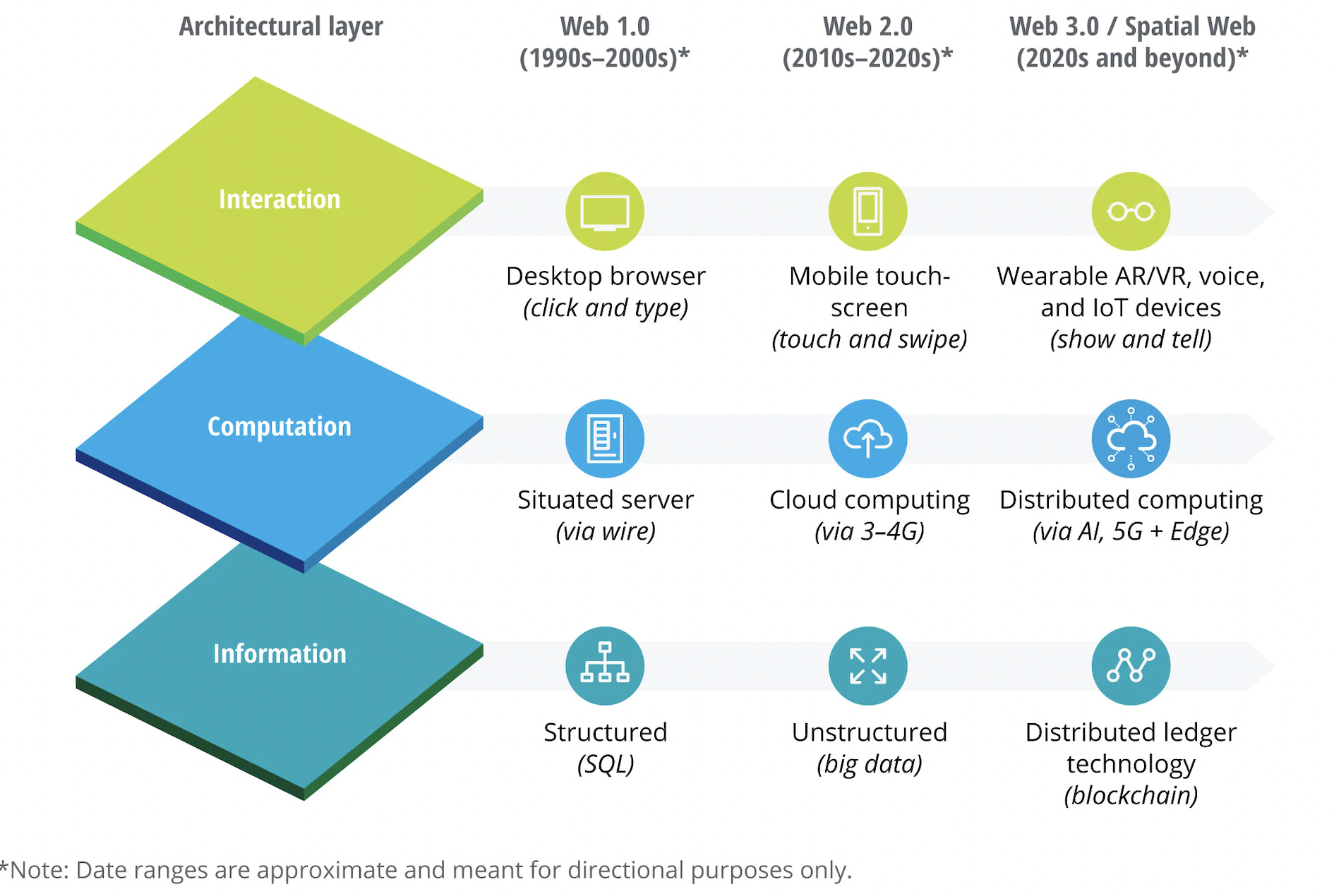Demystifying Salesforce NFT Cloud
Last month, Salesforce officially announced the launch of NFT Cloud Pilot, a way for users to mint (create) and sell NFTs on their platform. The idea is to move beyond customers and audiences and create a true community system, all within a sustainable and secure online tool. We've compiled our recommendations for ways that the nonprofit sector can benefit from NFT projects and prepare to use this new feature.
What is an NFT?
An NFT, or non-fungible token, is a digital asset that represents unique value. This could be a piece of art, access to an event or community, music, or video. NFTs are bought and sold online, typically with cryptocurrency, and are built on blockchain technology. If those sentences alone make you want to close your laptop and stare out the window, think of NFTs as digital art, bought and traded with digital money.
In an example from the nonprofit world, UNICEF successfully launched an NFT project to celebrate its 75th anniversary as an organization. Named the Patchwork Kingdoms, this 1,000-piece collection has already raised more than $700,000 to combat digital inequality and help schools gain access to internet resources.
According to Charity Digital, “NFTs can be a great way to make money through auctions, allowing organizations to raise funds in a transparent way while engaging a new audience and strengthening brand awareness.” NFT projects also provide passively accruing value to nonprofits as they continue to be sold in auctions after creation. If you think of the first sale of an NFT as a fundraiser, the proceeding auctions and trades are like fundraisers on top of fundraisers, with minimal effort needed from the organization post-creation.
What does this have to do with Salesforce?
Adam Caplan, Senior Vice President of Emerging Technology at Salesforce, says “Our customers have been asking us to help them navigate Web 3.0. NFT Cloud is all about helping our customers mint, manage, and sell NFTs – and of course, it’s all no-code.” If you’re unfamiliar with the Web 3.0 concept, it is described as the next evolution of the internet and leverages blockchain technology. Just like with other new technologies, it’s important to understand how your organization will show up in this space, check out this article from Salesforce for more information on Web 3.0.
NFT Cloud will integrate and connect Web 3.0 data with your existing Salesforce database, providing organizations with all of the advantages of Web 3.0 including:
- Decentralized information: the intermediary is made unnecessary as blockchains provide a transparent platform where the rules are unbreakable and data is publicly recorded.
- An open-source trust system: anyone can create an address and interact with the network.
- Data ownership: users regain control of data and information with the creation of a public record that tracks all activity.
In response to common NFT criticisms, Salesforce has included safeguards for environmental protection and trust. These include offering sustainable blockchain options, automating carbon emission calculations, building out smart contracts, and partnering with third-party vendors to minimize risk.
How can I use NFT Cloud?
The pilot phase of NFT Cloud launched in June 2022, cultivating a community where users hold ownership within the system. According to a Salesforce news release on June 8, "Salesforce's NFT Cloud pilot lets brands expand customer experiences to Web3 environments in a sustainable and trusted way. They can mint, manage, and sell non-fungible tokens (NFTs) directly on the Salesforce Customer 360 Platform and securely connect customer data to gain a 360-degree view across a customer's physical and digital worlds." These capabilities will become available to Salesforce users at the completion of the pilot program in the coming months.
To take advantage of the features within this launch, skill up for Web 3.0 on Trailhead here to get a foundational understanding of the technology. At this preliminary stage, getting familiar with the Web 3.0 world and cleaning up your database are great places to start. To get an assessment of your Salesforce instance or for more information about how Salesforce can support your mission, click the button below to get in touch with our team!

















